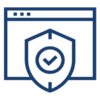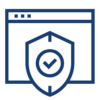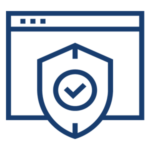50% of cyber-attacks target small to medium-sized organizations
Cybercriminals are only getting more and more advanced, which is why it’s so important for you to stay vigilant. Businesses that don’t have strong cyber security services in place are easy targets for these criminals. One of the best ways to protect your company from falling victim to these attacks is by having an IT professional perform regular tests on your company’s network and computer systems. According to INC. Magazine, over 50% of cyber-attacks target small to medium-sized organizations. This is why it pays to have CTG Tech provide you with network security services in Texas. Our cyber security IT services prevent data breaches and help you protect your organization’s most sensitive data from a wide range of threats.
